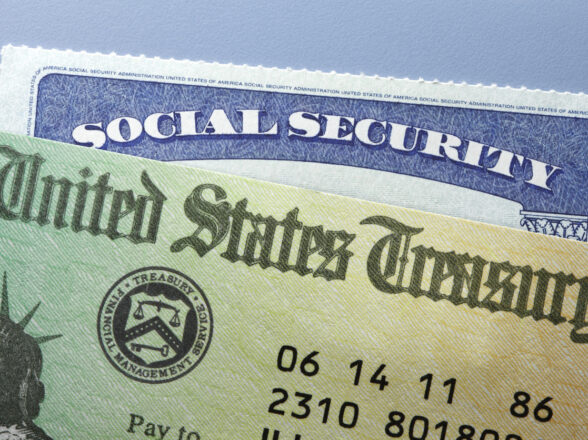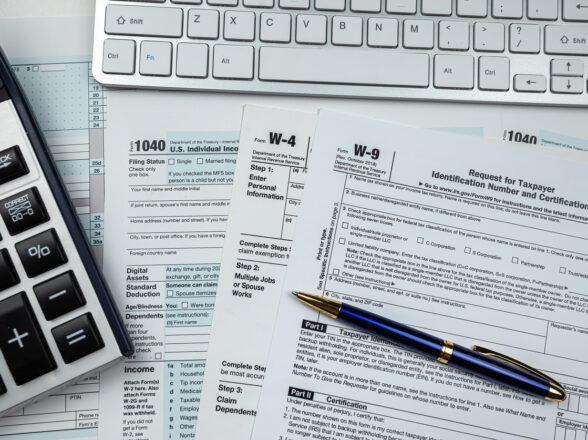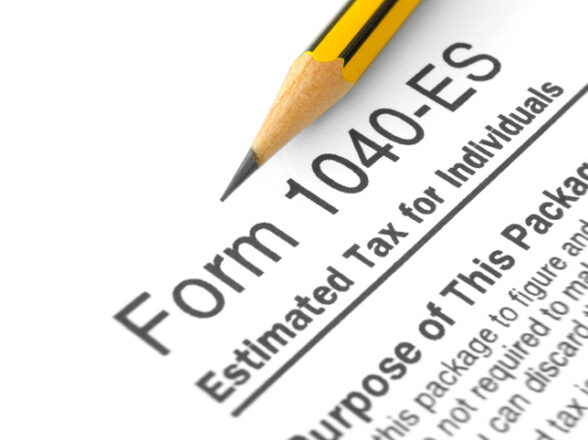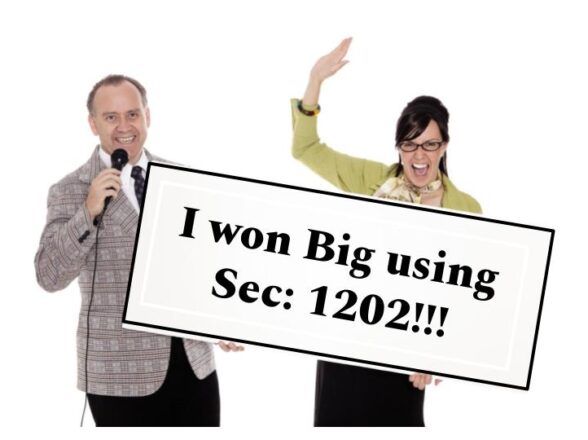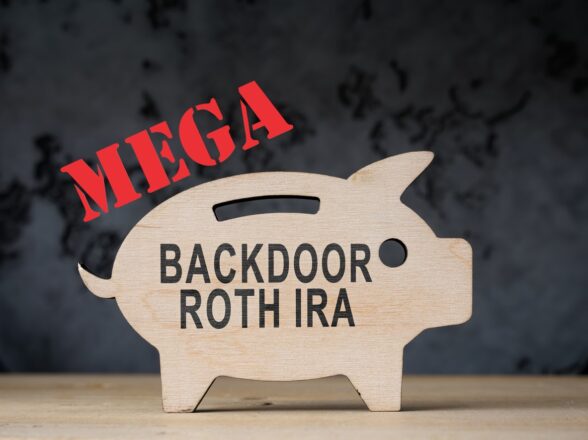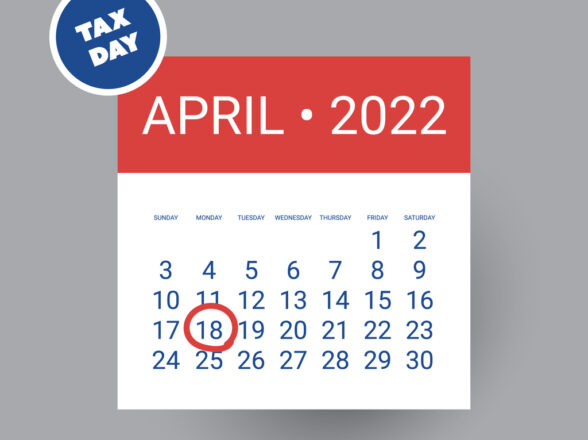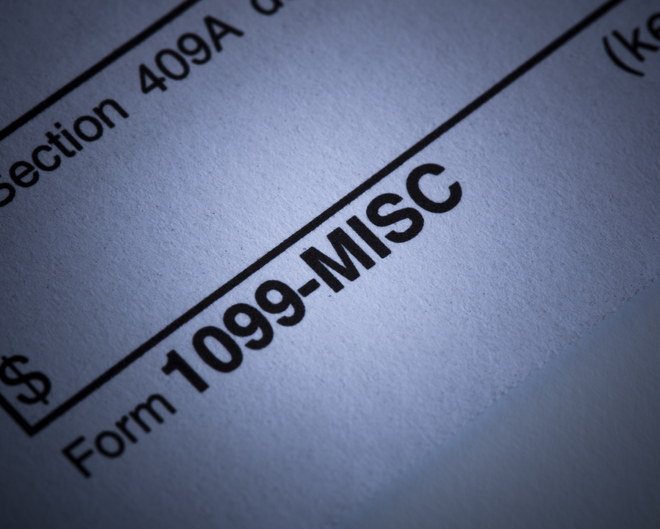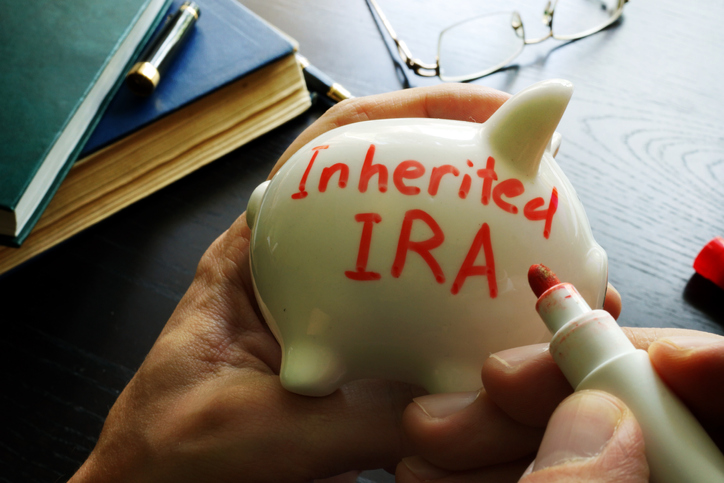Blog
How Many Retirement Accounts Do You Have?

Did you know that most people have several retirement accounts that they are unaware of? Many professionals retire without their full savings amount because these accounts get lost in the wash. The reason for this is individual employer retirement plans. Each time you take a job with retirement benefits, most likely a new account is opened and managed in your name to host contributions from you and your employer. When you get a new job, they open a new retirement account for you according to the terms of your new employment contract.
In a long career including a dozen employers, you will likely have an equal dozen retirement accounts opened and managed in your name. Still, retirement reclaiming is not yet a standard part of the new-job transition process. We can move our personal effects, forward your email, change your social media details, and even update your healthcare but those funds often go forgotten precisely because they are designed to remain unchanged until you retire.
So how many savings accounts are still floating around with your name on them? How many past employers are managing a portion of your total planned savings or have abandoned your account to the care of a nearby bank? Don’t lose those years of work and savings. Here’s how to assess and reclaim your scattered accounts.
Hunt for Treasure: Taking Stock of Your Retirement Accounts
Once you decide to take a proactive approach to your retirement accounts, the process is reminiscent of a good old fashion treasure hunt. The first step is to assess how many retirement accounts are still out there in your name and start to gather information on them. There are several online tools like missingmoney.com and unclaimed.org which are designed to help you track down these accounts. However, you can also simply use your resume to walk back through all your previous employers. You will need to get in touch to reclaim each account, likely through HR who manage the personal accounts and benefits of employers – past and present.
Recall how many of your past jobs included retirement savings and if you made use of this benefit. Many employers create and add to a retirement fund with very little interaction from the employee, so this list may be longer than you realize.
When you have identified the full list of 401ks and other retirement accounts in your name, make a record and prepare to reclaim each account. The process may differ depending on the status and location of your accounts.
Contacting Old Employers to Access Your Retirement
You will need to reach out to the HR or finance department of each previous employer to reclaim your 401k retirement account. Be polite and blunt about your goal to access and then transfer the funds in the account. Remember that retirement transfers must be done directly into another tax-deferred retirement account or there will be a risk of early-withdrawal penalties and income tax on the amount.
Your employer will likely be prepared to help you make this transition. Be sure to have a new retirement account ready to absorb the funds. Most professionals prefer to roll-up their past retirement accounts into the account of their current employer. However, there might be reasons why you choose another option like a personal IRA or another existing retirement account.
Where to Find Missing Retirement Accounts
What happens if a past employer has closed or if they no longer have your 401K on file? Don’t dismay, this is a very common situation. In order to keep finances streamlined, employers often ‘drop’ large batches of old retirement accounts from past employees. Your account isn’t gone, it can be found with a local bank.
Businesses who are dropping management of 401Ks will transition those 401K accounts into IRAs with a nearby bank. That bank then manages the batch of IRAs as they see fit. This is why many people need online account-finding services and experienced financial managers to help track-down IRAs in unknown banks where their past 401K funds have been left. When you find these accounts, you should reclaim them promptly as local bank management policies are not always beneficial to you.
Transferring Past 401Ks Into Your Current Account
The most common choice when reclaiming past 401ks is to add them to your current employee retirement account. Your retirement plan is part of your employee benefits, including the style of account management that should create long-term returns with your savings. Each employer has their own management style and it’s your choice which account management services to make use of.
If your current retirement plan is satisfactory, then you can and should roll your past retirement accounts into your current 401K. Talk to your employer’s HR or finance department about the correct process for connecting then transferring the accounts. This will not only reclaim your past accounts, it will also increase your chance for good returns with the current account management methods.
Personally Managing Your Savings
You can also choose to transition your past accounts into a privately managed retirement fund instead. By opening your own IRA, you can take full control of your retirement funds and make personal choices about how that investment is managed. A private financial manager will work with you to determine the best type of IRA to open and the strategies used to make sure your savings grow as returns. If your current job doesn’t offer retirement plans, or if you could accomplish better savings management in a private account, then a personal IRA and your own financial manager may be the best option.
Keeping Your Future Retirement Accounts Organized
Finally, now is the time to make plans for your future retirement accounts, as well. In the modern business world, most professionals change employers every few years. You can expect a retirement account with each of these employers and, eventually, the need to roll those accounts forward into your personal IRA or current 401K accounts. Make plans and become familiar with the process so you can handle these transitions swiftly as each new job occurs.
How Many Retirement Accounts do You Have?
Many professionals are surprised to discover just how many retirement accounts (and how much savings) in their name has gone unclaimed. Get in touch with past employers and claim those savings. Doing nothing is not a strategy, unfortunately. A coordinated plan of action that takes into consideration your entire financial picture is the ultimate goal when you have many accounts spread across different providers. Infinium stands ready to assist you in getting organized and on track to a successful retirement.























